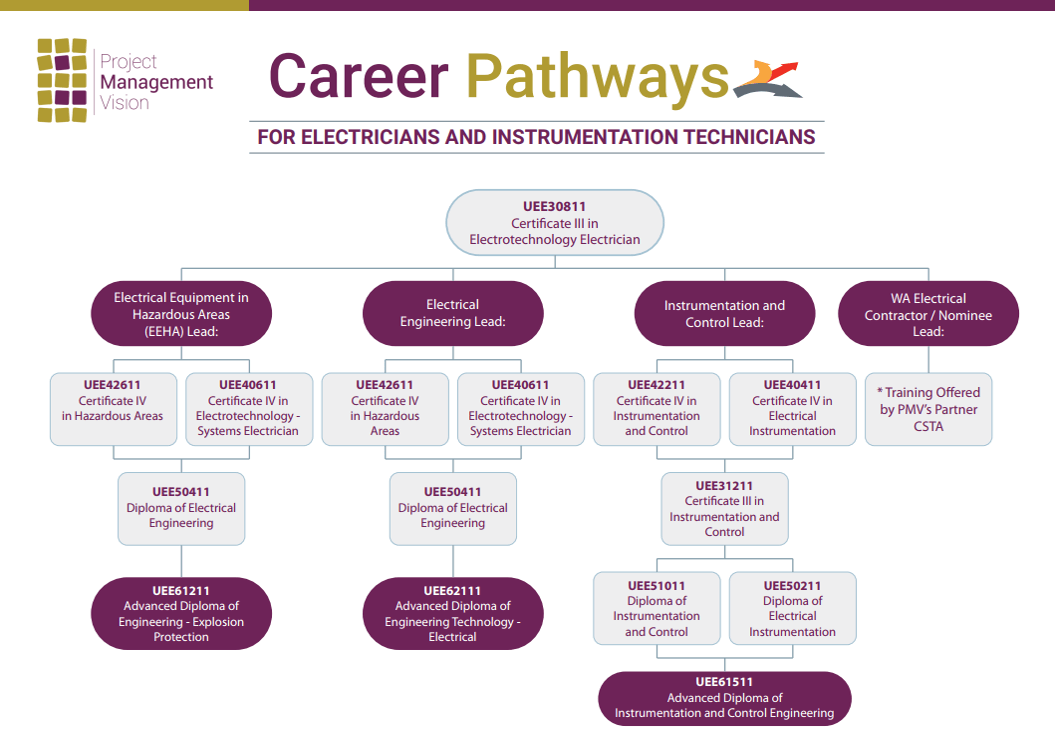Some Of Roar Solutions
Some Of Roar Solutions
Blog Article
Roar Solutions Can Be Fun For Anyone
Table of ContentsRoar Solutions Can Be Fun For EveryoneThe smart Trick of Roar Solutions That Nobody is Talking AboutUnknown Facts About Roar Solutions
In order to protect setups from a possible explosion an approach of analysing and identifying a potentially hazardous area is required. The function of this is to ensure the proper choice and installment of devices to ultimately stop a surge and to ensure safety and security of life.
(https://lnk.pblc.app/pub/f49b043987c7b7)
No devices ought to be installed where the surface temperature of the equipment is above the ignition temperature of the given risk. Below are some usual dust harmful and their minimal ignition temperature. Coal Dirt 380C 225C Polythene 420C (melts) Methyl Cellulose 420C 320C Starch 460C 435C Flour 490C 340C Sugar 490C 460C Grain Dirt 510C 300C Phenolic Resin 530C > 450C Aluminium 590C > 450C PVC 700C > 450C Soot 810C 570C The chance of the risk being present in a concentration high adequate to cause an ignition will vary from location to area.
In order to classify this risk a setup is split right into locations of risk depending upon the quantity of time the unsafe is present. These locations are referred to as Areas. For gases and vapours and dusts and fibres there are three zones. Zone 0 Zone 20 A hazardous ambience is extremely likely to be existing and might be existing for extended periods of time (> 1000 hours each year) or perhaps continuously Area 1 Area 21 A dangerous environment is feasible but unlikely to be present for extended periods of time (> 10 450 C [842 F] A classification of T6 indicates the minimum ignition temperature is > 85 C [185 F] Dangerous location electrical equipment perhaps developed for usage in higher ambient temperatures. This would certainly showed on the rating plate e.g. EExe II C T3 Ta + 60C( This implies at 60C ambient T3 will not be gone beyond) T1 T1, T2, T3, T4, T5, T6 T2 T2, T3, T4, T5, T6 T3 T3, T4, T5, T6 T4 T4, T5, T6 T5 T5, T6 T6 T6 A T Class ranking of T1 indicates the maximum surface area temperature created by the tool at 40 C is 450 C. Presuming the connected T Class and Temperature rating for the tools are suitable for the area, you can constantly utilize a tool with an extra stringent Department score than needed for the location. There isn't a clear solution to this inquiry however. It really does rely on the type of tools and what repairs require to be performed. Tools with specific test treatments that can not be done in the field in order to achieve/maintain third celebration rating. Have to return to the manufacturing facility if it is prior to the equipment's service. Field Repair Work By Authorised Personnel: Difficult testing may not be called for nevertheless details treatments may need to be adhered to in order for the tools to preserve its 3rd party ranking. Authorized employees need to be employed to perform the job appropriately Repair service need to be a like for like substitute. New component must be taken into consideration as a direct substitute needing no unique screening of the tools after the repair work is complete. Each tool with a hazardous score ought to be evaluated independently. These are described at a high degree below, however, for more detailed information, please refer directly to the standards.
The Greatest Guide To Roar Solutions
The devices register is an extensive database of equipment records that consists of a minimum set of fields to recognize each product's location, technological parameters, Ex-spouse classification, age, and environmental information. The ratio of Detailed to Close inspections will certainly be figured out by the Equipment Threat, which is assessed based on ignition danger (the probability of a source of ignition versus the probability of a combustible ambience )and the dangerous location classification
( Zone 0Area 1, or 2). Carrying out a robust Risk-Based Assessment( RBI )technique is vital for ensuring compliance and security in handling Electric Equipment in Hazardous Areas( EEHA).
The Basic Principles Of Roar Solutions

In terms of explosive danger, a harmful location is an environment in which an eruptive ambience exists (or may be expected to be existing) in amounts that require special precautions for the building and construction, installment and use tools. eeha. In this short article we explore the challenges dealt with in the workplace, the threat control measures, and the called for competencies to function securely
These substances can, in specific conditions, develop explosive atmospheres and these can have major and awful effects. Most of us are familiar with the fire triangle get rid of any one of the 3 components and the fire can not happen, but what does this mean in the context of harmful areas?
In the majority of circumstances, we can do little regarding the degrees of oxygen airborne, yet we can have significant influence on resources of ignition, as an example electrical equipment. Hazardous areas are recorded on the dangerous area category illustration and are determined on-site by the triangular "EX LOVER" indication. Here, amongst other crucial information, zones are divided into three types depending upon the danger, the probability and duration that an explosive ambience will exist; Area 0 or 20 is deemed the most hazardous and Area 2 or 22 is considered the least.
Report this page